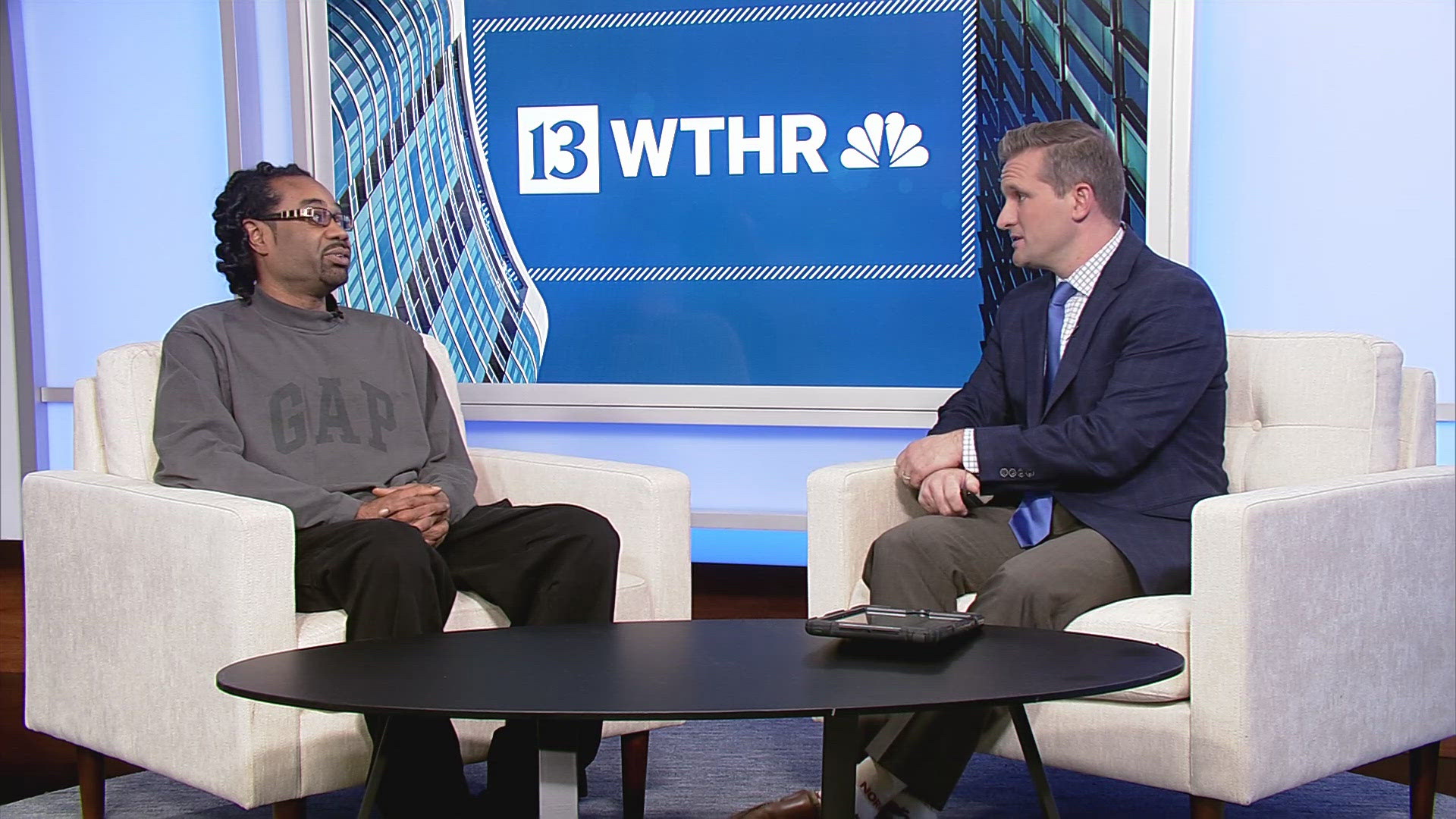According to estimates from the United Nations Office for the Coordination of Humanitarian Affairs (UNOCH), more than 35,000 Palestinians in the Gaza Strip have been killed since the war between Israel and Hamas militants started in October 2023.
Recent posts on social media, including from Israel’s official X accounts, and U.S. news headlines say the United Nations revised its reporting on the number of women and children killed in Gaza, reducing the number of casualties in half.
“On May 6, the @UN published data showing that 34,735 people had reportedly been killed in Gaza, including over 9,500 women and over 14,500 children. On May 8, the UN published data showing 34,844 people had reportedly been killed, including 4,959 women and 7,797 children, reducing the number of casualties in half. Interestingly, they did not release any press releases or statements, almost as if this reduction was a secret,” a May 13 post on X from the official account of Israel says.
THE QUESTION
Did the United Nations reduce the number of women and children killed in Gaza by half?
THE SOURCES
THE ANSWER
The United Nations didn’t reduce the number of women and children killed in Gaza by half. The UN recently changed what kinds of data they are reporting about fatalities. The total number of fatalities is still at an estimated 35,000.
WHAT WE FOUND
The United Nations didn’t reduce the number of people killed in Gaza since the war began in October 2023 nor cut the total number of Palestinian women and children killed by half. The UN changed its reporting to a breakdown of Gazan casualties identified so far. The overall total number of casualties remains roughly 35,000.
The statistics cited in Israel’s social media posts are pulled from a daily report published by the United Nations Office for the Coordination of Humanitarian Affairs (UNOCHA), which receives its data from the Hamas-led Ministry of Health or the Gaza Media Office (GMO). The numbers cited in Israel’s social media posts compare statistics published in the May 6 and May 8 reports.
The difference between the two reports is the dataset the UN used. Prior to May 8, the UN reported on the number of overall casualties and an estimate of how many of those roughly 34,000 killed were women and children.
The UN’s report on May 8 did not include estimates, but the actual number of men, women, children, and elderly who had been killed. The report indicates that as of April 30, of the 34,844 total reported fatalities, 24,686 people have been identified. This is the new subset of data that didn't appear in the May 6 report, or any prior reports.
In the May 8th UN report, of those 24,686 killed and identified, 4,959 were women and 7,797 were children. This dataset does not include the roughly 10,000 people who are reported dead and have yet to be identified.
The May 6 report and all prior reports, in contrast, does not include the breakdown of identified casualties. It only shows an estimated 14,500 women and 9,500 children believed to be killed.


From May 6 to May 8, the total number of reported fatalities actually increased from 34,735 to 34,844. A report published on May 13, says an estimated 35,091 Palestinians have been killed.
During a press conference on May 13, United Nations spokesperson Farhan Haq addressed the claims that the number of casualties was “cut in half.” Haq said the “overall number of fatalities” that Gaza’s Ministry of Health has tallied is at more than 35,000 since Oct. 7 and remains “unchanged.”
“What’s changed is the Ministry of Health in Gaza has updated the breakdown of fatalities, for whom full details have been documented … In other words, people who have been fully identified,” Haq said.
“The Ministry of Health says the documentation process of fully identifying details of the casualties is ongoing,” Haq said. “Meanwhile, as you can see, if you do the math that there’s about 10,000 plus bodies who still have to be fully identified and so then the details of those – which of those are women, that are children – that will be re-established once the full identification process is complete.”
VERIFY reached out to the UNOCHA and the Council on Foreign Relations for additional context but did not hear back at the time of publication.



